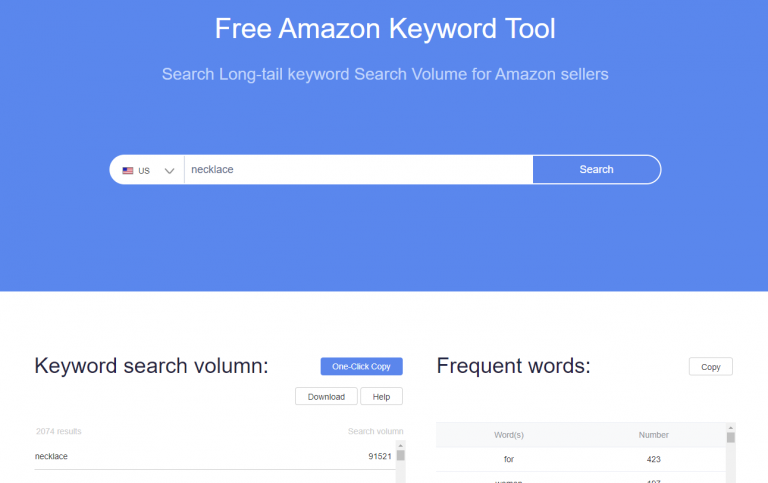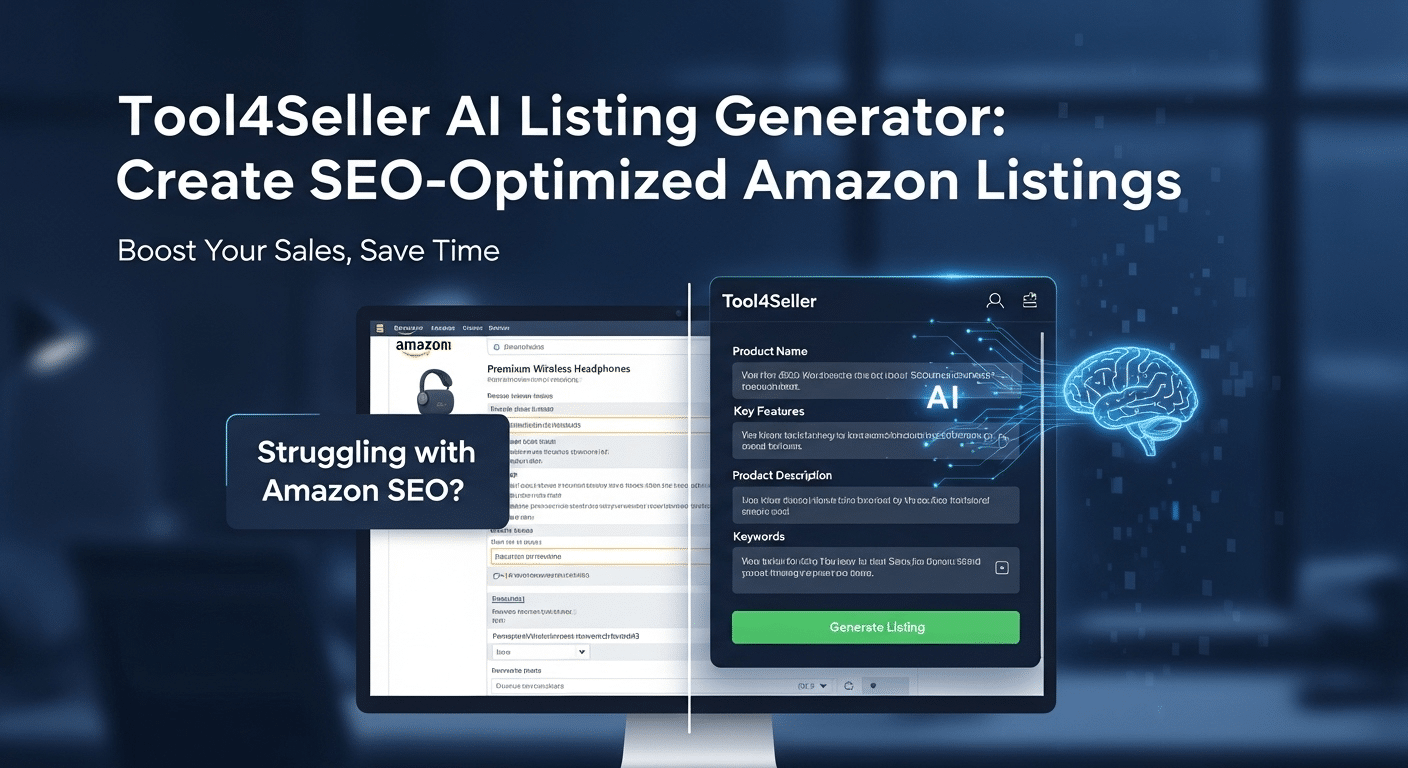How to Find Less Competitive Long-tail Keywords
Where to find highly targeted long-tail keywords?
Long-tail SEO strategy is crucial for Amazon sellers, which can identify and integrate long-tail keywords into product listings so that customers use specific phrases to find products. People searching with long-tail keywords tend to demonstrate a greater intent to buy because they accurately point out product features or descriptions in their search phrases.
Long-tail keywords are longer and more specific than the general keywords. For example, if a buyer is looking for a necklace like the one below, they know what kind of necklace they want, so they may use a more precise phrase than a short-tail keyword “necklace”.
This is a special kind of necklace. Therefore, if the buyer searches for this necklace or something similar, they may probably not use the general keywords like ‘necklace’ because they will only find the traditional pendant necklaces in the search results. Here are the search results for the keyword “necklace” on Amazon:
As you can see, only simple necklaces and pendants are found, whereas what the buyer needs is a larger, more gorgeous necklace. Since the buyer in this example is looking for a more specific type of necklace, they may use long-tail phrases like “bib statement necklace”. The search results for this phrase are as follows:
That’s why long-tail keywords and long-tail SEO are of importance to Amazon. When buyers exactly know what they are looking for and will purchase once finding the product that best suits their needs, they are more likely to use phrases as precise and specific as illustrated in this example.
Amazon long-tail SEO can increase possibilities for prospective buyers to find your listing in their search results during the buying process. It would be a difficult task to use long-tail keywords properly and strategically, but in fact, there are some simple ways to do it. The first method is quite simple and does not require expensive tools or too many efforts.
Just go to the Amazon homepage and enter some keywords in the search bar. You will see a drop-down list of recommended keywords and long-tailed keywords related to search terms.
According to the example we used earlier in this context, here are some suggestions based on the search term “statement necklace”. These long-tail keyword suggestions are useful for necklace sellers to optimize their product pages and improve the visibility on search engines. It is obvious that they just want to choose long-tail keywords that match their products. Thus, if their necklaces do not match the keywords “statement necklace gold” or “statement necklace red”, it means that they do not want to include it and attract them to the listings for red or gold necklaces. It is intended to encourage consumers to find products similar to yours. So, choosing irrelevant keywords is not an advisable option.
Another clever way to find more long-tail keywords is to go to Seller Central. Under the “Reports” tab, select “Advertising Reports” to generate a search term report for Sponsored Products over the past 60 days. Click to generate and download the report. After opening the file, you can sort by the number of orders to see which search terms generated the most sales. These are the highly targeted keywords in your long-tail SEO strategy or PPC advertising.
Of course, you can also use free tools like tool4seller’s Free Amazon Keyword Tool to get keyword suggestions for your long-tail SEO.

Amazon’s long-tail SEO can drive more traffic to your product listings and increase conversion rates. It seems like a daunting task, but it is not that difficult. We hope that the above tips will help you find some great long-tail keywords.
About Tool4seller
A best-in-class Amazon seller tool that is specialized in sales& profits analytics, PPC optimization, keyword research, competitor tracking, instant alerts for listing hijacking, price changing, and inventory updates, etc.


